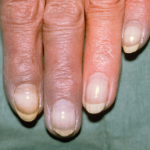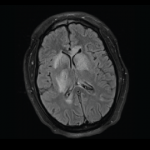When Marc McClintock first began experiencing back pain, he chalked it up to the rigors of his racing career. For more than 36 years, Mr. McClintock has built and raced stock cars, high-powered race vehicles that compete on short oval or circular dirt or paved tracks. “I live in a commercial building, with my residence on…







